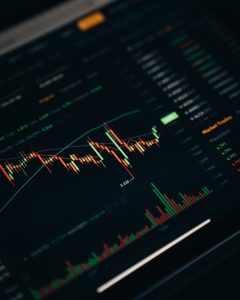Forex trading has become increasingly popular in recent years, with more and more people looking to invest in the foreign exchange market. One of the key factors to consider when trading forex is the spread costs, which are the fees charged by brokers for executing trades. Understanding the typical ranking of forex spread costs can help traders make informed decisions about which brokers to use and how to manage their trades.
The spread is the difference between the buy and sell prices of a currency pair, and it represents the broker’s profit on each trade. Forex brokers typically offer different spreads depending on the currency pair being traded, the size of the trade, and the account type being used. Some brokers offer fixed spreads, which do not change regardless of market conditions, while others offer variable spreads that can fluctuate depending on market volatility.
The typical ranking of forex spread costs varies depending on the broker and the currency pair being traded. Generally, major currency pairs such as EUR/USD, USD/JPY, and GBP/USD have lower spreads than exotic currency pairs such as USD/TRY, USD/ZAR, and USD/MXN. This is because major currency pairs are more heavily traded and have more liquidity, which means that brokerages can offer tighter spreads and still make a profit.
The ranking of forex spread costs can also depend on the type of account being used. Forex brokers typically offer standard accounts, which have higher minimum deposit requirements and offer lower spreads, as well as mini and micro accounts that have lower minimum deposit requirements but higher spreads. Some brokers also offer premium accounts that have lower spreads and additional features such as personalized support and trading tools.
When comparing forex brokers, it is important to consider not only the spread costs but also other factors such as the broker’s reputation, trading platform, customer support, and regulatory compliance. Traders should also be aware of any hidden fees, such as overnight financing charges or withdrawal fees, that may affect their overall profitability.
In terms of the typical ranking of forex spread costs, the top brokers in the industry generally offer spreads of around 0.1-1.0 pips for major currency pairs and 1.0-10.0 pips for exotic currency pairs. However, there are also brokers that offer spreads as low as 0.0 pips, although these brokers may charge higher commission fees or have other limitations on trading conditions.
It is important to note that the ranking of forex spread costs can change depending on market conditions and other factors. During times of high volatility, spreads may widen as brokers adjust their pricing to reflect the increased risk in the market. Similarly, some brokers may offer temporary promotions or bonuses that can lower their spreads for a limited time.
In conclusion, understanding the typical ranking of forex spread costs is an important factor in choosing a forex broker and managing trades. Traders should consider not only the spread costs but also other factors such as account type, trading platform, and regulatory compliance when selecting a broker. By doing so, traders can minimize their trading costs and improve their chances of success in the forex market.





